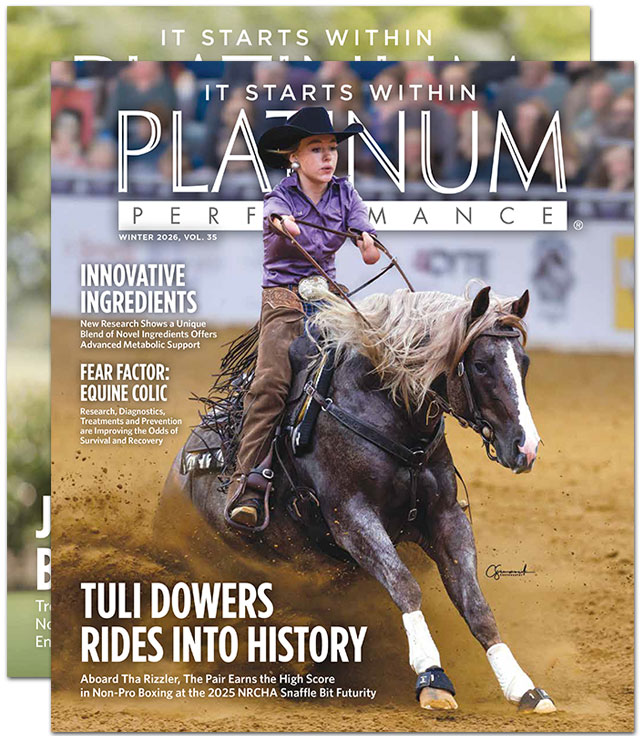What is Equine Herpesvirus (EHV-1)?
Equine herpesvirus (EHV-1) is a viral infection in the horse population that can cause respiratory illness, abortion in late-term mares, and EHM (equine herpesvirus myeloencephalopathy), the devastating neurologic form of EHV-1.
How is EHV-1 Spread?
EHV-1 is most commonly spread by direct horse-to-horse contact via nasal secretions from the respiratory track. The virus can also be spread indirectly from the air around a horse that is shedding the virus, as well as physical objects that have been contaminated such as, tack, grooming equipment or feed and water buckets. The virus can survive up to 7 days under normal circumstances but as long as 1 month under perfect environmental conditions.
What are Signs Your Horse has Been Infected with EHV-1?
The incubation period for EHV-1 after initial infection can be as short as 24 hours but is typically around 4-6 days or longer. EVH-1 usually causes a two-phase fever spike around day 1-2 and again at day 6-7. There is often coughing and nasal discharge that accompanies a respiratory infection as well as enlargement of the lymph nodes under the jaw. If the horse develops EHM, the neurologic form of EHV-1, there are typically minimal warning signs with mild respiratory symptoms and a fever with a rectal temperature greater than 101.5 degrees. EHM appears suddenly and progresses very quickly, reaching its peak intensity within 24-48 hours of initial neurologic signs. Neurologic signs that your horse may have EHM include:
- Incoordination
- Weakness from behind
- Head tilt
- Leaning against walls or fencing for balance
- Lack of energy or lethargic
- Inability to get up


